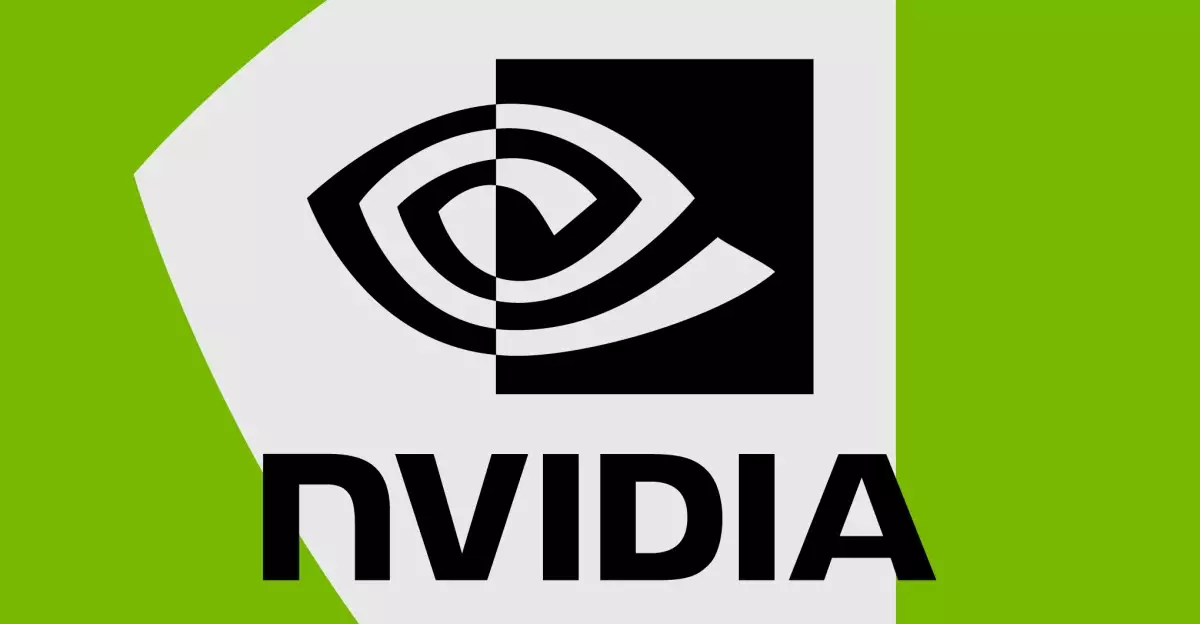For longtime enthusiasts and casual gamers alike, Nvidia has often stood as a beacon of innovation in the world of graphics processing units (GPUs). However, recent months have unveiled a narrative filled with mounting frustrations and a troubling descent into driver instability for Nvidia’s user base. The issues began with the release of the 50-series GPU drivers in January, setting off a cascade of technical difficulties that have left users reeling. From black screen incidents and unexpected game crashes to severe stability problems, it seems that the heralded release has instead turned into a cautionary tale.
Nvidia’s latest attempts to mitigate these issues reflect a deeper concern regarding the robustness of their driver development processes. A quick glance at the ongoing saga reveals a troubling trend: instead of providing a smoother experience for its devoted users, the new drivers have, ironically, introduced even more complications. Calls for hotfixes—temporary patches created to address these buggy updates—have become alarmingly frequent. The reality is that while Nvidia sought to convey reliability and performance superiority, they now risk alienating their loyal customer base.
The Patchwork of Solutions
In light of ongoing complaints, particularly on platforms like Reddit and Nvidia’s official support forums, a subset of users has turned to a desperate measure: rolling back to older drivers that predate the troublesome 50-series updates. For many, this has been a necessary evil as they attempt to navigate Nvidia’s troubled waters. Unfortunately, those who invested in the latest RTX 50-series cards find themselves trapped; they cannot revert to prior drivers simply due to compatibility restrictions. This makes Nvidia’s predicament even more precarious as it inherently places the blame for driver issues on the very customers who enabled its latest innovations.
The recent release of the 576.02 driver, which was initially heralded as a significant improvement, turned out to be an anemic solution and made matters worse for some. Reports of GPU monitoring tools failing to display correct temperature readings surfaced almost immediately after the installation of this version, culminating in the need for yet another hotfix. Nvidia’s development team has presumably worked overtime to address these setbacks, yet the need for frequent fixes raises glaring questions about their quality control protocols before releases.
Game Performance Under Fire
Compounding these driver issues is the trepidation felt by gamers regarding actual game performance. Many users report frustrating experiences characterized by persistent crashes and irregular frame pacing, particularly when utilizing features like G-Sync. As of now, Nvidia recognizes at least 15 outstanding issues associated with their 576.02 driver and seems to be scrambling to remedy each as they arise. This is startling for a company that has long been perceived as a stalwart in reliable gaming performance, especially in contrast to its competitors, AMD and Intel.
What’s particularly alarming is the shadow cast by the introduction of the RTX 50-series cards. From reports of melting power cables to the acknowledgment of significant manufacturing defects, Nvidia’s woes seem to extend far beyond just software. This tumultuous rollout has frustrated consumers at a pivotal time of rising demand for high-performance GPUs, especially in an era where gaming adjacencies—like esports and streaming—are gaining traction.
Furthermore, the limited availability of the RTX 50-series at retail prices has only intensified the disillusionment among potential customers who may have been eager to upgrade. This episode, which should have been a triumphant chapter for Nvidia, has instead turned into a quagmire from which discerning consumers are eager to escape.
A Paradigm Shift in Expectations
As Nvidia continues to grapple with these recurring challenges, the very notion of what consumers expect from their GPU manufacturer appears to be shifting. Historically, Nvidia has maintained the edge in terms of performance and reliability, but growing discontent could lead to long-term ramifications for consumer goodwill. With such a pronounced outcry from its community, Nvidia must confront a dual challenge: repairing its reputation while ensuring the robustness of future driver releases.
The stakes are higher now than ever, as both competitors and consumers are watching closely. Will Nvidia adapt to and surmount these systematic failures, or could this trajectory signal the beginning of a significant downturn amidst the fierce competition shaping today’s tech landscape? Only time will tell, but as it stands, Nvidia has some serious work to do in mending the rift created by their recent driver flops.

